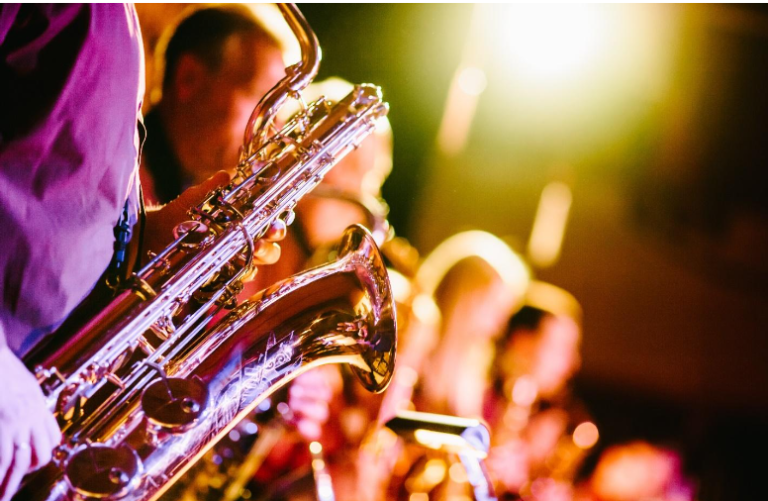
Why Music Will Always Be a Part of the South American Culture
30 August, 2023Music has been an integral element of South Americans for centuries, from helping to express emotions to telling stories. From the Brazilian samba to the Mexican mariachi and salsa, Latin American culture has a plethora of musical styles and rhythms.
South American music is known for its vibrant live performances and passionate acts, often inviting the audience to join in. Fortunately, various cultures globally have embraced South American music, as the continent’s music continues to fill both mainstream and grassroots music scenes. Here’s exploring why music will remain a vital part of South American culture.
What is South American Music?
Also called Hispanic music, South American music is often a mix of traditional sounds from South American countries and other Latin American countries like Mexico, Cuba, and Puerto Rico.
Centuries ago, local South Americans cultivated many unique instruments and earthy songs, which tended to be spiritually-inclining or enchanting. However, Spanish settlers and other civilization attempts have heavily influenced South American tribes and populations, leading to a blend of contemporary musical styles like Samba and Tango. Here’s why modern Hispanic music has been heavily influenced by genres like funk, jazz, and reggaeton.
Today, South Americans, among other reasons, turn to music during their leisure hours for fun and excitement. The importance of these sounds is far reaching, as they have found their way into movies, Western culture, and even the gambling industry. These pieces of music are part of the sound design and make up of many slots on GamStop UK bingo exceptions and other games.
So, why will music always be a part of the South American culture? Here we go.
Music Represents South American Diversity
South American culture is very diverse, and so does Hispanic music. South American music spots various genres and styles originating from various unique, colorful, and rich histories or traditions.
South American music is so diverse that some countries have diverse musical expressions within them. In the Andean regions of Bolivia and Ecuador, for instance, wind instruments like pan flutes are prominent. Conversely, take a turn to the coastal regions of the same countries, and you’d find percussion instruments and dance as more prominent expressions. Various cultures within South America would always want to hold on to their music to celebrate their diversity.
Music is How South Americans Celebrate Life and Death
Still on celebrations, South Americans have a penchant for celebrating life and death equally. Mexico, for instance, celebrates Dia de los Muertos, an annual holiday to celebrate dead ancestors and family members. Music is a significant part of this celebration.
Life celebrations, on the other hand, include festivities like Quinceanera, a celebration of a girl’s 15th birthday. Similarly to the Day of Death, music is a vital part of celebrations like the quinceaneras, as South Americans will often hire a Disc Jockey to play a blend of traditional and contemporary songs to keep festivities in motion.
Representing South American Identity
South American music has helped to represent national identity in various countries on the continent. This intertwines with helping various regions to represent their collective identity.
For instance, while Brazil is known for Samba, Tango is often linked with Argentina, while Cumbia is the famous dance music from Columbia. In these countries, these music has helped various nations express their cultural heritage and national pride.
Preserving Indigenous Culture
South American music also serves to preserve and project South American culture. The songs showcase the people’s roots, languages, musical traditions, unique vocal styles and instruments.
Although the influences of modernization and colonization have also eroded most South American traditions, music has been an excellent way to bridge the history gap between younger and older generations.
Beyond preserving South America’s cultural heritage, music helps to teach non-South Americans about the culture. Perhaps this informs why there has been a reappearance of ancient music and styles in modern mixes.
South American Music for South American Movements
Music has often been used as a socio-political tool during various social movements and activism events across Latin America. One of such musical genres is the Nueva Cancion.
Nueva Cancion emerged in Chile and other Latin American countries during the 60s and 70s. During this period, South Americans wrote songs with socially-aware lyrics that criticized the government and demanded justice and social equality for all.
Sadly, corruption, political strife, and violence – among other socio-political vices – are still rife in the continent. That’s why Nueva Cancion will continually play a role in bringing the public’s attention to the political struggle on the continent.
Final Thoughts
Music is a very relevant aspect of South American culture, serving various functions in many areas of people’s lives. Whether it’s for life/death celebrations, diversity representation, or facilitating social music, South Americans will always need to invite the Disc Jockey or assume their role to enliven the space.
Follow Sounds and Colours: Facebook / Twitter / Instagram / Mixcloud / Soundcloud / Bandcamp
Subscribe to the Sounds and Colours Newsletter for regular updates, news and competitions bringing the best of Latin American culture direct to your Inbox.

